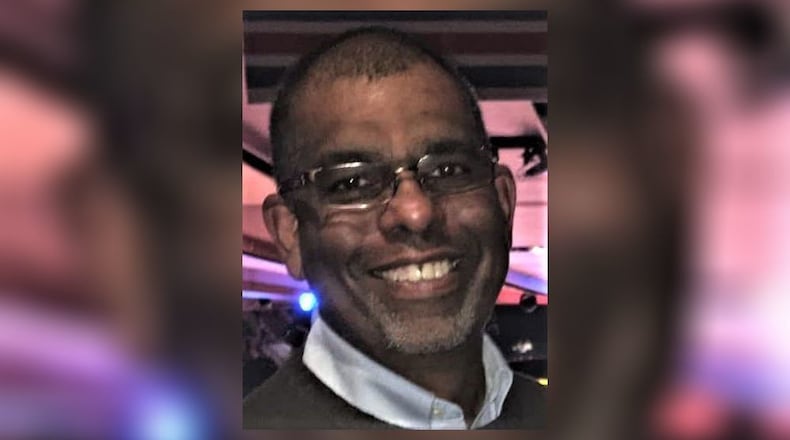It wasn’t an education on what to buy, but how the allocation process works in Ohio.
It comes down to this: Local retailers and the state have nothing to do with where you can find your favorite bourbon.
The suppliers pull the strings and determine how much of a specific product comes into the state, which part of the state the product goes to, and how much should be divided between retailers, bars, clubs, restaurants, and the like.
“I’m trying to outmaneuver my competitors to get the stuff that everybody wants,” Canepa, the superintendent of the Division of Liquor Control, said.
So far, his efforts have paid dividends because Ohio gets the fourth-largest share of bourbon in the country behind California, Texas, and Florida.
Canepa helps suppliers meet their marketing goals by placing products where they want.
If a supplier wants to put Blanton’s on a store shelf in Worthington but not Springboro, that’s what happens. (Bourbon lovers often complain they can’t find Blanton’s anywhere, but Canepa said Ohio gets the “fourth-most in the country, but it sells the fastest.”)
Sure, Canepa can tell a supplier to put the bourbon someplace else, but that’ll result in the product going to states friendlier to the business.
A story from 2016 illustrates the sway the suppliers hold.
Sazerac distributes the biggest of the big boy bourbons, including the Pappy Van Winkle line, O.F.C., and the high-end bourbons that are part of the Buffalo Trace Antique Collection.
Back in 2016, Sazerac pulled Blanton’s and Pappy from Ohio stores. Canepa entered his current role in 2017 and asked what Ohio could do to get the brands back. The response: Make the bourbon distribution fair.
Too many retailers ensured their best customers, friends, and family got one of those sought-after bottles first, meaning they were mostly unavailable to the general public. That doesn’t help Sazerac’s marketing strategy, which is all about driving demand by getting, as Canepa put it, “juice to lips,” and different lips at that.
Sazerac said it had seen lottery systems work in other states. Hence, the state created the current system that distributes hard-to-get and limited products by lottery.
Canepa sees the social media comments from people who look forward to a chance of not winning a bottle in the lottery. I’ve entered every lottery and have won one bottle, a Weller CYPB. That means I’ve won once more than most.
Looking at the numbers shows why it’s so hard to win.
In 2022, the state received nearly 450,000 lottery entries but only had a bit over 8,600 total bottles from all suppliers to distribute. In other words, entrants have an almost certain chance of losing since the odds of winning sit at a minuscule 2%
“The appetite and demand for allocated American whiskey is crazy,” Canepa said.
In many ways, Canepa has an exciting and thankless job. He gets pressure from consumers and retailers who want more bourbon while trying to cajole suppliers into trying different ways to push bourbon to others parts of the state.
And when he’s successful, it’s still not good enough for bourbon lovers. Ohio, for example, gets a solid supply of Weller Reserve and Weller Antique, but with sales increasing 10 to 11 percent monthly, the demand makes it hard to find.
I love bourbon, have an extensive collection of everything from top to bottom shelf, and never knew the nuances of a system I’ve been critical of in various bourbon groups. This is probably as good as it gets, with underrated and very good bourbons on the shelf and the unicorns in a lottery I have little chance o winning.
That’s not so bad. As Canepa says:
“It’s whiskey. Is it really that important?”
Ray Marcano’s column appears on these pages each Sunday. He can be reached at raymarcanoddn@gmail.com
About the Author
